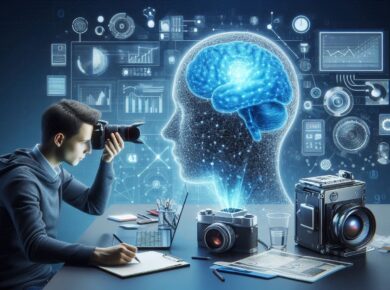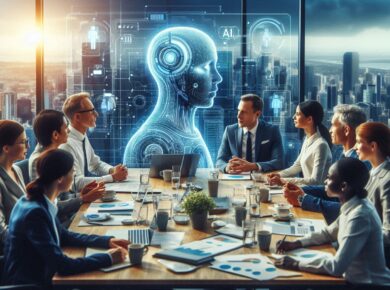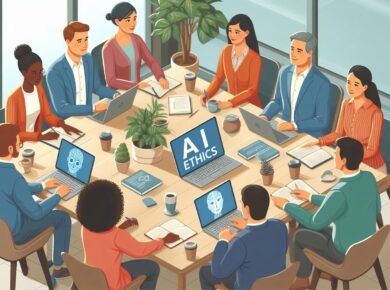Table of Contents
Artificial Intelligence (AI) has rapidly advanced in recent years, permeating various aspects of our daily lives—from personal assistants and healthcare to finance and transportation. While AI offers tremendous benefits, such as increased efficiency and improved decision-making, the question arises: Will AI always be beneficial for us? This article explores the dual nature of AI, highlighting its advantages while addressing the potential risks and challenges that accompany its development.
1. The Benefits of AI
1.1 Enhanced Efficiency
One of the most significant advantages of AI is its ability to enhance efficiency across multiple industries. AI systems can process vast amounts of data far more quickly than humans, allowing organizations to streamline operations and reduce costs. For example, in manufacturing, AI can optimize production lines, minimize waste, and predict equipment failures before they occur.
1.2 Improved Decision-Making
AI can assist in making informed decisions by analyzing complex datasets and identifying patterns that may not be immediately obvious. In sectors like healthcare, AI algorithms can analyze patient data to provide insights into treatment options, ultimately leading to better patient outcomes. Similarly, in finance, AI can assess market trends to inform investment strategies.
1.3 Innovations in Personalization
AI enables a level of personalization that was previously unattainable. From tailored recommendations on streaming platforms to customized shopping experiences, AI uses data to cater to individual preferences. This personalization enhances user satisfaction and engagement, creating a more enjoyable experience.
2. The Challenges and Risks of AI
2.1 Job Displacement
As AI technologies continue to evolve, concerns about job displacement have emerged. Automation may replace certain jobs, particularly those involving repetitive tasks, leading to unemployment and economic instability for affected workers. While AI can create new jobs, there may be a significant skills gap that needs to be addressed through education and training.
2.2 Ethical Considerations
The deployment of AI raises ethical questions surrounding bias and fairness. AI systems are only as good as the data they are trained on, and if that data reflects societal biases, the AI can perpetuate and even amplify those biases. Ensuring fairness and transparency in AI algorithms is crucial to avoid discrimination and promote equity.
2.3 Security and Privacy Concerns
With the increased use of AI comes heightened risks to security and privacy. AI systems often require vast amounts of data to function effectively, raising concerns about how that data is collected, stored, and used. Cybersecurity threats may also evolve as AI becomes more prevalent, making it essential to develop robust security measures.
3. Striking a Balance
3.1 Regulation and Oversight
To ensure that AI remains beneficial, there needs to be a framework for regulation and oversight. Governments and organizations must work together to establish guidelines that promote ethical AI development while safeguarding the rights of individuals. Regulatory bodies can help ensure that AI technologies are developed transparently and used responsibly.
3.2 Education and Reskilling
As AI continues to transform the job market, it is essential to invest in education and reskilling initiatives. By providing workers with the necessary skills to thrive in an AI-driven economy, we can mitigate the impact of job displacement and ensure that the workforce is equipped for the future.
3.3 Collaborative Development
AI development should involve a diverse range of stakeholders, including technologists, ethicists, and representatives from various communities. This collaborative approach can help ensure that AI technologies are designed with a broad perspective, addressing the needs and concerns of different groups.
Conclusion
The question of whether AI will always be beneficial for us is complex and multifaceted. While the advantages of AI are undeniable—enhanced efficiency, improved decision-making, and personalized experiences—there are also significant challenges that must be addressed. By striking a balance between innovation and ethical considerations, we can harness the power of AI to improve our lives while minimizing potential risks. The future of AI is not predetermined; it is shaped by the choices we make today regarding its development, implementation, and oversight. As we move forward, it is crucial to remain vigilant, ensuring that AI serves as a tool for positive change rather than a source of harm.






